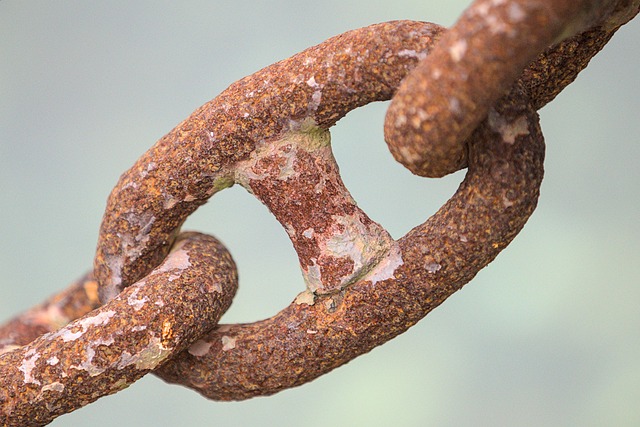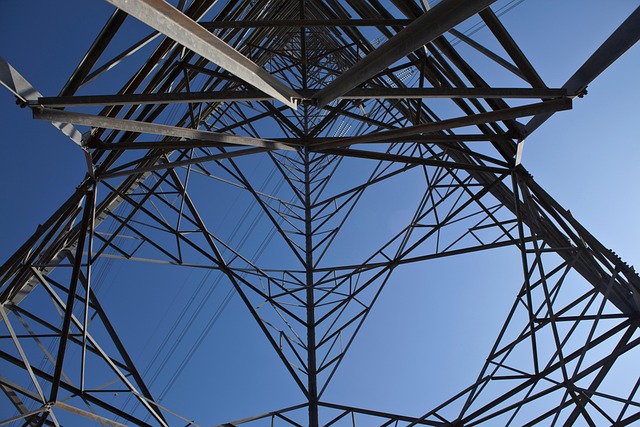Internal linking is a crucial SEO strategy that guides search engines through a website's content, enhancing navigation and architecture. By optimizing link equity distribution—managing 'link juice' to prioritize valuable pages—you can improve site performance and user experience. Start by identifying broken or weak links using audit tools like Google Search Console, Screaming Frog, or Ahrefs. Analyze anchor text distribution and fix links with relevant, high-quality anchor text pointing to essential content. Prioritize repairs based on impact, targeting high-authority links for maximum positive effect. Regularly monitor and update your strategy to maintain optimal site performance, using tutorials for strategic link placement and distribution.
Broken internal links can hinder user experience and SEO performance. This guide helps you tackle these issues head-on by optimizing your site’s internal linking structure. We’ll walk you through understanding the impact of internal links on SEO, identifying problem areas, leveraging link equity distribution for better rankings, evaluating and prioritizing fixes, implementing effective strategies, and monitoring your progress. Learn how to use link equity distribution to boost your site’s visibility and keep visitors engaged.
- Understanding Internal Linking and its Impact on SEO
- Identifying Broken or Weak Links on Your Website
- The Role of Link Equity Distribution in Boosting SEO
- Strategies to Evaluate and Prioritize Link Fixation
- Practical Steps to Implement Effective Internal Linking Solutions
- Monitoring and Maintaining Optimized Internal Linking Structure
Understanding Internal Linking and its Impact on SEO

Internal linking is a crucial component of any website’s structure, serving as the digital equivalent of guideposts for search engine crawlers. It involves creating links between pages on your site to enhance user navigation and improve information architecture. By doing so, you allow search engines to understand the relationships between different parts of your content, which has a significant impact on SEO. Well-structured internal linking can significantly boost your website’s visibility and ranking potential.
One of the key aspects to grasp is the concept of link equity distribution. This refers to how the ‘link juice’ or authority passed from one page to another through hyperlinks. Optimizing this distribution involves strategic placement and weighting of links to ensure that important pages receive the necessary boost. A simple way to think about it is leveraging the power of your internal links to tell search engines which pages are most valuable, thereby influencing their position in search results. This strategy, when combined with a robust link equity distribution tutorial or strategy, can lead to improved site performance and a more seamless user experience.
Identifying Broken or Weak Links on Your Website

Identifying broken or weak links on your website is a crucial step in optimizing its internal linking structure. Start by using site audit tools that can scan your pages and flag any 404 errors or broken anchors. These tools provide valuable insights into the source and extent of the issues, helping you pinpoint problem areas with ease.
Next, analyze the anchor text distribution across your website. Poorly distributed link equity can weaken the signal sent to search engines about the importance of specific pages. Utilize a link equity distribution tutorial or tips to ensure that relevant pages are receiving adequate linking support from authoritative sources within your site. This strategic approach enhances the overall SEO of your web pages by maximizing the value of internal links.
The Role of Link Equity Distribution in Boosting SEO

Link equity distribution plays a pivotal role in boosting search engine optimization (SEO) efforts. Each internal link on a website acts as a vote of confidence, passing along a portion of the page’s ‘link equity’ to the linked page. This equitable distribution signals to search engines that certain pages within a site are more important, fostering better crawling and indexing. By carefully orchestrating this process, webmasters can enhance the overall SEO performance of their sites.
Understanding how to use link equity distribution is crucial for optimizing website structure. It involves strategic placement of internal links to ensure that key pages receive the highest equity transfer. This strategy, often referred to as link equity distribution optimization, not only strengthens the site’s architecture but also improves user experience by guiding visitors to relevant content. Consequently, search engines recognize these well-structured sites as authoritative sources, resulting in better rankings and increased visibility in search results.
Strategies to Evaluate and Prioritize Link Fixation

Evaluating and prioritizing link fixation is a crucial step in improving your site’s structure and overall SEO performance. Start by conducting a thorough audit to identify broken or weak internal links. Utilize tools like Google Search Console, Screaming Frog, or Ahrefs to scan your entire site for any 404 errors or low-quality backlinks. Once identified, analyze the anchor text and link equity distribution within these links. Focus on fixing links with valuable, relevant anchor text that points to high-quality content.
Prioritizing which links to fix first involves considering their impact on user experience and SEO value. Links that lead to essential pages or resources should be at the top of your list. For instance, if a broken link was once pointing to a crucial product page, it’s vital to repair it as it directly affects both user navigation and search engine visibility. Additionally, look out for links with high authority and equity distribution; fixing these can have a more significant positive impact on your site’s overall SEO health.
Practical Steps to Implement Effective Internal Linking Solutions

Implementing effective internal linking solutions is crucial for enhancing user experience and boosting SEO performance. Start by conducting a thorough audit to identify broken or weak links across your site structure. Utilize tools like Ahrefs, SEMrush, or Screaming Frog to scan for 404 errors, missing anchor texts, and low-quality backlinks. Once identified, prioritize these issues based on their impact on user experience and SEO value.
Next, focus on distributing link equity effectively. Ensure that every internal link contributes positively to the destination page’s authority. Implement a strategic linking architecture by creating relevant categories and clusters. Use descriptive anchor texts that convey the context of the linked content. Additionally, leverage the power of contextual links within your content to guide users and search engines to related resources. Regularly update and monitor your internal linking strategy using a link equity distribution tutorial or tips to stay on top of changes in your site’s performance.
Monitoring and Maintaining Optimized Internal Linking Structure

Maintaining an optimized internal linking structure is key to ensuring your site’s search engine performance and user experience. Regular monitoring allows you to identify weak or broken links, which can negatively impact a user’s journey and SEO rankings. By using tools that track link equity distribution, you can pinpoint areas where improvements are needed. This involves assessing the strength of each internal link and understanding how link equity is distributed across your site.
A well-optimized link equity distribution ensures that important pages receive adequate support from relevant internal links. This process involves strategic re-linking, content refreshes, and creating new internal links to strengthen the overall architecture. Following a comprehensive link equity distribution tutorial can guide you in analyzing anchor text, contextual relevance, and link age—all crucial factors for effective internal linking.
